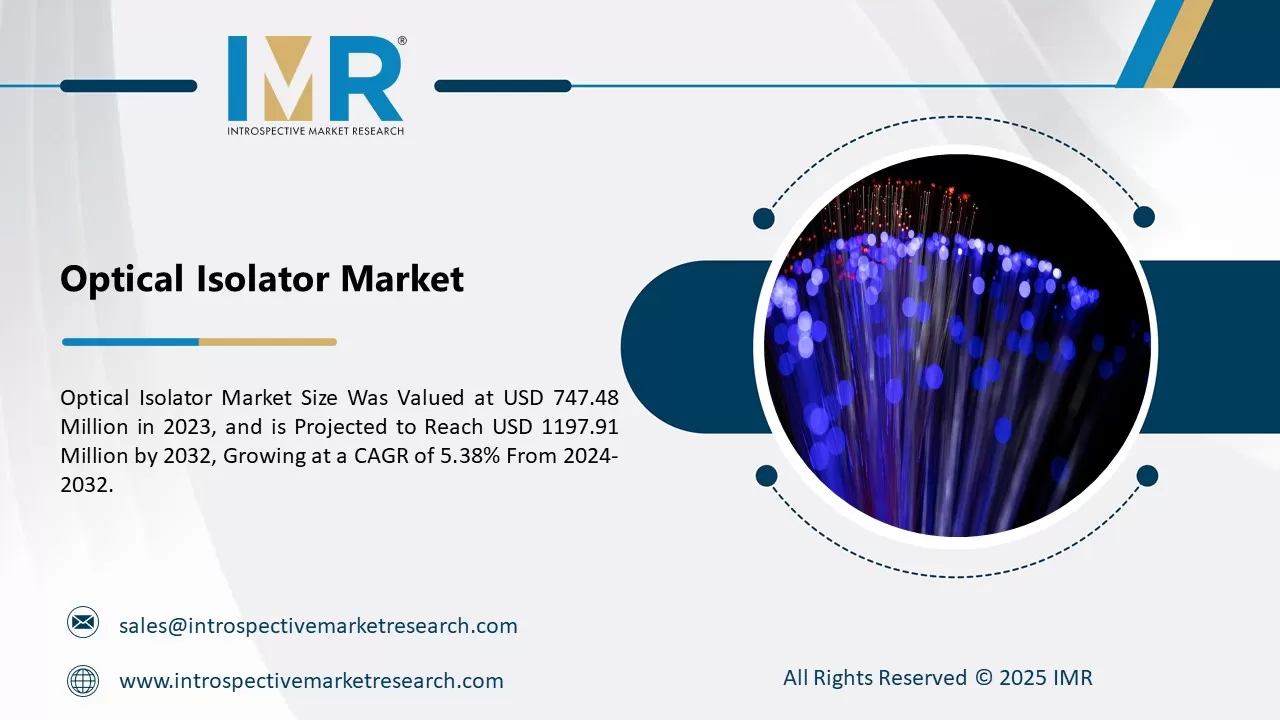Market Overview:
The Global Hydrogen Fuel Cell Vehicle Market size is expected to grow from USD 1.72 billion in 2022 to USD 45.70 billion by 2030, at a CAGR of 50.7 % during the forecast period (2023-2030).
A hybrid vehicle that uses hydrogen as its primary fuel source is known as a hydrogen car. In addition to cars and other forms of transportation, hydrogen vehicles also include space rockets. The chemical energy of hydrogen is converted to mechanical energy by either burning hydrogen in an internal combustion engine, which is less common, or reacting hydrogen with oxygen in a fuel cell to power electric motors. Like fossil fuels, hydrogen is not found in reservoirs or natural deposits; instead, it must be created from biomass or natural gas, or it must be electrolyzed from water. A proton exchange membrane (PEM) or fuel cell may both create hydrogen.
Top Key Players Covered In The Hydrogen Fuel Cell Vehicle Market:
- Audi AG (Germany)
- Ballard Power Systems Inc. (Canada)
- BMW Group (Germany)
- Daimler AG (Germany)
- General Motors Company (US)
- Honda Motor Co. Ltd. (Japan)
- Hyundai Motor Group (South Korea)
- Tata Motors (India)
- Toyota Motor Corporation (Japan)
- Volvo Group (Sweden), and other major players.
Market Dynamics and Factors:
Since hydrogen is the most prevalent element in the universe and a special type of renewable energy, it is the best choice for zero-carbon combined heat and power requirements. The generation of hydrogen doesn't need a lot of land, unlike the production of hydropower or biofuel. The water produced as a byproduct of NASA's experiments with hydrogen as a resource is used as astronauts' drinking water. This demonstrates the superiority of hydrogen fuel cells over coal, natural gas, and nuclear power, which are either potentially hazardous or difficult to get, as a non-toxic fuel source. The market for hydrogen fuel cell vehicles will expand as a result of the production, storage, and use of hydrogen.
Energy corporations would likely expand their investments in green technology as a result of rising oil costs. Because there is a demand-supply imbalance, there may be times when there is a threat of conflict, and there is an increasing worry about the environment. The construction of infrastructure for the generation and storage of hydrogen is accelerating under several administrations. Oil is a significant component of GDP therefore, if a nation imports a lot of its oil, it may hinder its economic growth. Governments are also providing low-cost infrastructure investments to decarbonize industrial sectors to stimulate infrastructure development, presenting a fantastic opportunity for market participants.
Hydrogen Fuel Cell Vehicle Market Report Highlight:
- By vehicle type, the passenger vehicle segment is anticipated to lead the growth of the Hydrogen Fuel Cell Vehicle market in the forecasted timeframe. The first hydrogen fuel cell passenger car to be produced commercially was the Toyota Mirai, which made its debut in 2014. Fuel cell passenger vehicles provide a zero-emission alternative with comparable usability to conventional cars.
- By fuel cell type, the proton membrane exchange (PEM) segment is expected to have the highest share of the Hydrogen Fuel Cell Vehicle market over the projected period. Proton membrane exchange fuel cells (PEMFCs) have short startup times, flexible input fuel requirements, small size, lightweight, low cost, and solid electrolytes. Formic acid, methanol, and pure hydrogen can all be used as inputs. It is suitable for both fixed and mobile applications.
- The North American region is expected to have the highest share of the Hydrogen Fuel Cell Vehicle market over the projected period. Incorporating hydrogen and fuel cell technology into its national energy policy was first done by the US. The US government has sponsored hydrogen research ever since the oil crisis of the 1970s when first started.
Key Industry Development:
In July 2021, 15 of Tata Motors' zero-emission Fuel Cell Electric Buses (FCEBs) will be powered by Ballard Power Systems' 70 kW FCmoveTM-HD fuel cell modules, which have been ordered by Tata Motors. Ballard anticipates delivering all of the modules by 2022.
In April 2021, the establishment of Cellcentric, a joint venture focused on hydrogen-based fuel cells, has been announced by the Volvo Group and Daimler Truck AG. The goal of this joint venture is to increase the use of hydrogen-based fuel cells in long-haul vehicles and other applications.
Hydrogen Fuel Cell Vehicle Market Segmentation:
By Vehicle Type
- Passenger Vehicles
- Commercial Vehicles
- Heavy Commercial Vehicles
- Buses & Coaches Vehicles
By Fuel Cell Type
- Proton Membrane Exchange
- Phosphoric Acid Fuel Cell
For this report, Introspective Market Research has segmented the Hydrogen Fuel Cell Vehicle Market based on region:
Regional Outlook (Revenue in USD Million; Volume in Units, 2023-2030)
North America
- The U.S.
- Canada
- Mexico
Eastern Europe
- Russia
- Bulgaria
- The Czech Republic
- Hungary
- Poland
- Romania
- Rest of Eastern Europe
Western Europe
- Germany
- UK
- France
- Netherlands
- Italy
- Spain
- Rest of Western Europe
Asia Pacific
- China
- India
- Japan
- Singapore
- Australia
- New-Zealand
- Rest of APAC
Middle East & Africa
- Turkey
- Saudi Arabia
- Qatar
- UAE
- Israel
- South Africa
South America
- Brazil
- Argentina
- Rest of SA





